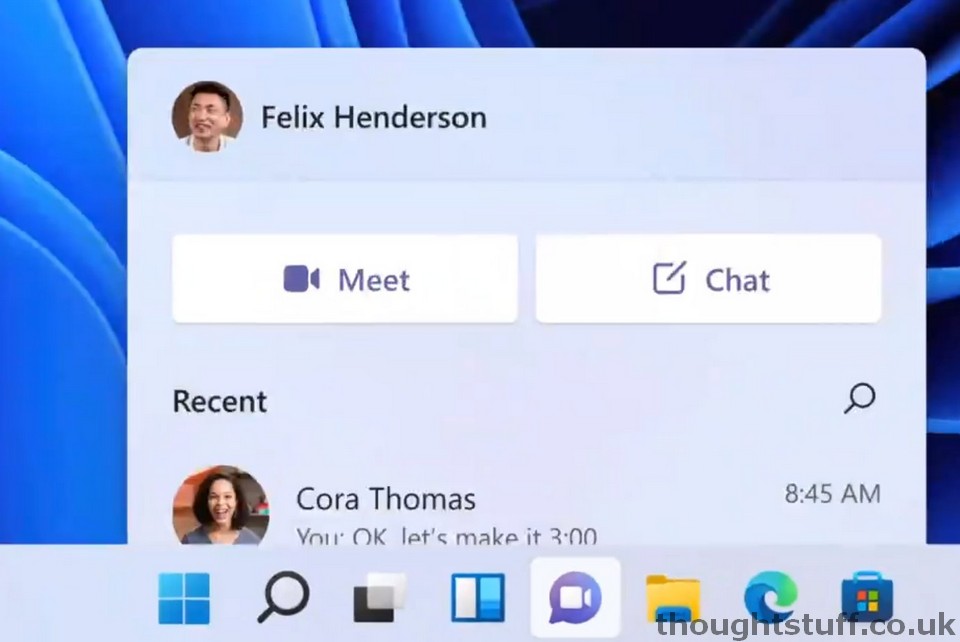

We'll add WebView2 features - actually, the features have already been added, but follow along in the setup and explanation steps. To keep this tutorial focused on WebView2-specific coding, we start from an existing Microsoft Visual Studio project ( WebView2GettingStarted) that's stored in the WebView2Samples GitHub repo. An optional step below allows you to delete the WebView2 code from HelloWebView.cpp, so that you can add it yourself, if you want. The code that you add in this tutorial's steps, has already been added to the sample repo, for you. Step 3 - Clone or download the WebView2Samples repo To do that, in a new window or tab, see Install a preview channel of Microsoft Edge in Set up your Dev environment for WebView2.

To use this article, you do the following: The project uses the Win32_GettingStarted (WebView2GettingStarted.sln) directory that's part of the WebView2Samples repo. This tutorial starts by opening an existing Win32 app project that has WebView2 code added. In this article, you set up your development tools (if not done already), learn how to add WebView2 code to a Win32 app project, and learn about WebView2 concepts along the way.


 0 kommentar(er)
0 kommentar(er)
